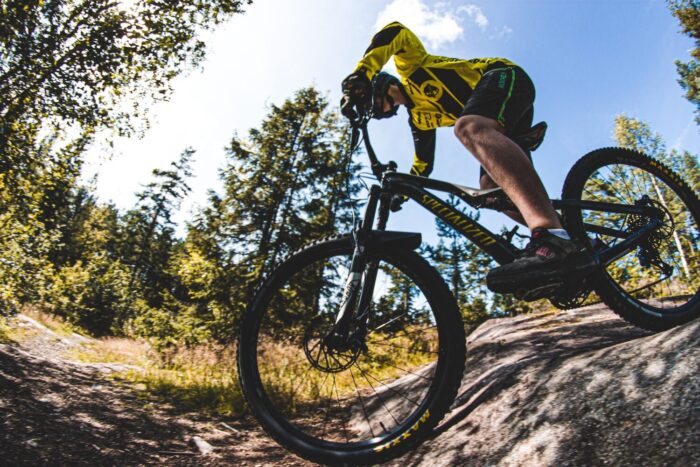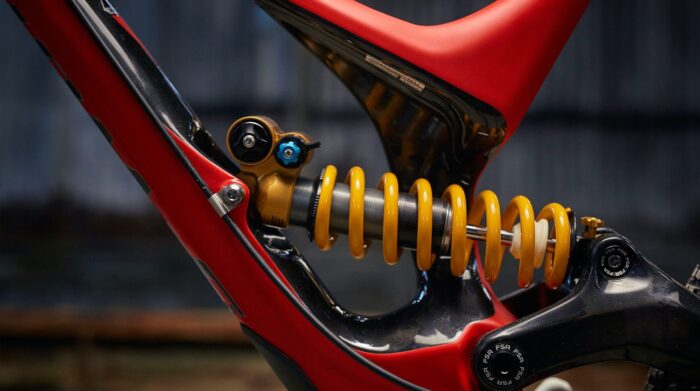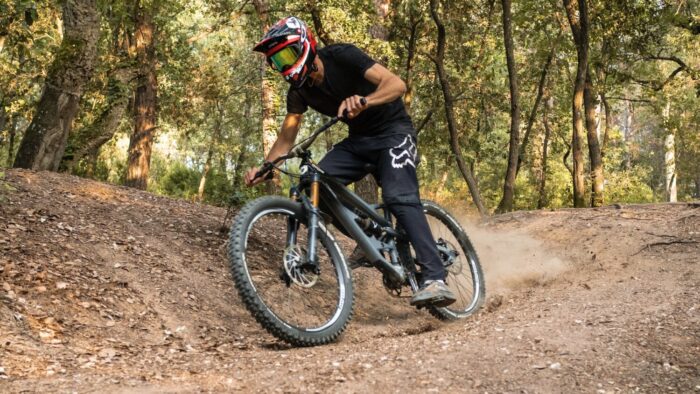For many bike enthusiasts, mountain bikes are the best way to test their skills and agility. Completing a complex trial and conquering rough terrain is a confidence booster and a great way to show off your talent. Riding a mountain bike is a form of extreme sport with various tracks for you to choose from. As a new rider on the block, you must first comprehend your bike’s essentials before you start climbing the mountains and trying out challenging routes. These prevent you from falling, accidentally getting the wrong bike, and underestimating your riding route.
To get you started, here’s what you need to know.
The Types of Mountain Bikes

Source: unsplash.com
When picking any vehicle, including a bike, you must explore the core features that make it a stable ride. Think about it this way, when you’re purchasing a car, you study its specs, gauge your comfort level, and take it for a test run before finalizing the purchase. Likewise, you need to treat your bike the same way. Focus on the purpose of your mountain bike and the kind of terrain you’ll face. Unless you learn about different types of mountain bikes, finding your style can be difficult, and you may struggle to get the hang of your new ride. So when you’re picking a bike, think about how you plan on using it. Here’s a glimpse of what you need to pay attention to.
- Cross Country Bikes. Cross-country terrains are rough. If you plan to climb uphill, you need a bike built for pedaling. These bikes have a manageable build and can navigate you up hills and mountains but are not the best at descending. The tires can grip the soil beneath you firmly, ensuring you don’t slip off and can go long distances over high hills. The wheels on this kind of bike are all about fast rolling and efficiency over control.
- Trial Bikes. If you’re searching for bikes that are good at climbing up and down steep hills, you need a trial bike. These have more suspension, thick tires to increase gravity, and better brake rotors, making them ideal for muddy roads. This bike is the best option if you like going for a joyride or backpacking around the country.
- Enduro Bikes. When you’re riding a difficult terrain, and you’re more focused on how fast you can climb than go down, you need an enduro bike. These bikes are incredibly functional if you plan to ride rough and muddy terrains but are less versatile than trial and cross-country bikes. However, they have an excellent front suspension that gives you control but is slightly heavier than most options with a broad set of tires.
- Downhill Bikes. These racers are also known as park bikes and are suitable for coming down from considerable heights. So not only are they heavy, but also have up to 200 mm of front suspension, which helps you control your descent. The tires are thick and hefty, with knobs to add more friction to your ride and prevent you from accidentally speeding up as you come down.
- Fat Bikes. Unlike most rides, fat bikes are only made for the snow or the sand. Their tires are at least 5 inches wide to offer stability over unpaved surfaces. Snow and sand have no friction and are soft ground, so the thickness helps divide the pressure and distribute the weight of your bike, keeping you safe.
Exploring Suspensions

Source: dirtmountainbike.com
A bike’s suspension refers to how the wheels move to absorb small bumps and shocks while keeping your bike on trial. A suspension comprises a spring and damper, facilitating control and making landing easier.
- Rigid. Rigid bikes have no suspension; they aim to keep you pedaling on a smooth surface with minimal shocks. Fat bikes have no suspension since their wide tires prevent you from slipping on the bumps in your route. As a result, these bikes are easy to maintain and inexpensive.
- Full suspension. These suspensions absorb shocks from the front and rear of your bike, reducing the impact and decreasing your chance of getting injured. You also get to enjoy better traction and efficient climbing. But these are much pricier to buy and require immense maintenance.
- Hard tail. Bikes with suspension only in the front and not in the back are hardtails. These are generally less expensive than full suspension, but the bike may not break your fall if you’re on an extremely bumpy road. Most cross-country bikes have a hardtail suspension since it is better at transferring the power between a pedal and rear tire without interrupting your speed.
Features of a Mountain Bike

Source: unsplash.com
The features of a mountain bike depend on its purpose. The trails you plan on riding, the route’s complexity, and the terrain’s texture are essential to consider while designing a bike; here’s what you need to know.
- Wheels. Mountain bikes have massive tires, which can be almost 29 inches big and 3 inches wide. This adds to their resistance and durability, which prevents the ride from collapsing. The stronger the wheels, the less you need to depend on suspension.
- Brakes. You can pick up speed as you progress your trial, which is why they need potent brakes. Older mountain bike models offered rim brakes which gradually slowed down the bike, but newer versions have disc brakes. Both brakes have their differences. These immediately slow down your bike and cut the connection between the wheel and the pedal, bringing you to a halt. You can get hydraulic disc brakes or mechanical ones, depending on how much you plan on paying.
- Gears. When pedaling a powerful bike, you need more than brakes to help you steer and control your movement, which is where the gears come into play. There are two types of gears in a mountain bike. Low gears help you climb at a slow speed with minimal resistance. On the other hand, high gears come in handy as you speed up or move down the hill, but you don’t want to lose inertia.
Final Thoughts
Mountain bikes are fun and challenging, giving you a full-body workout and building your endurance. To become proficient in this type of bike, you must familiarize yourself with its components. You get to decide the kind of bike you need based on the terrain you plan on riding. There are different types of bikes for you to explore—cross country, enduro, downhill, fat, and trial bikes.
Additionally, mountain bikes consist of suspension, brakes, gears, and a broad set of wheels. Each feature serves a purpose according to its usage, so as excited as you may be to make your first purchase, get to know the basics of mountain bike riding, the level of risk involved, and how to ensure you invest in the suitable model.

